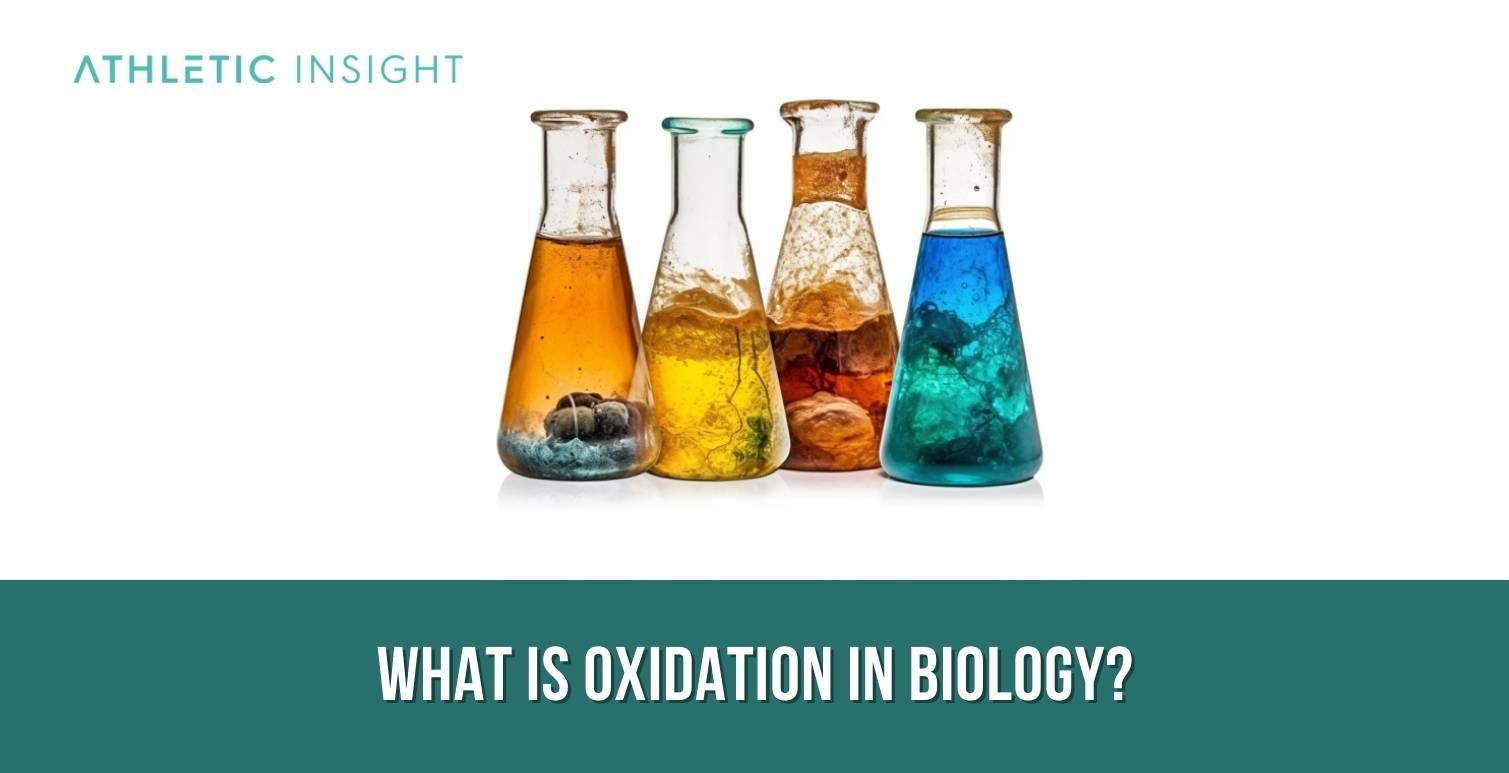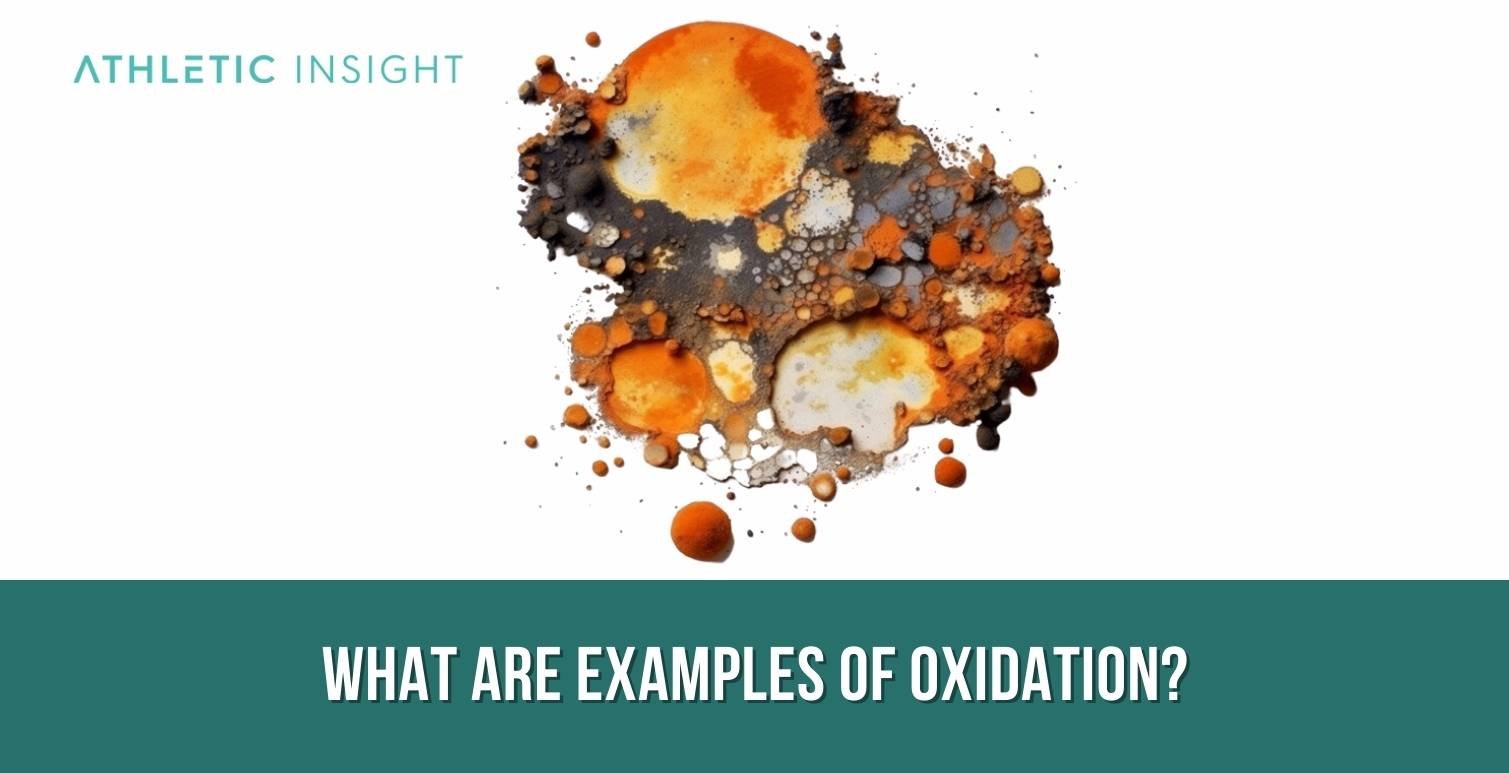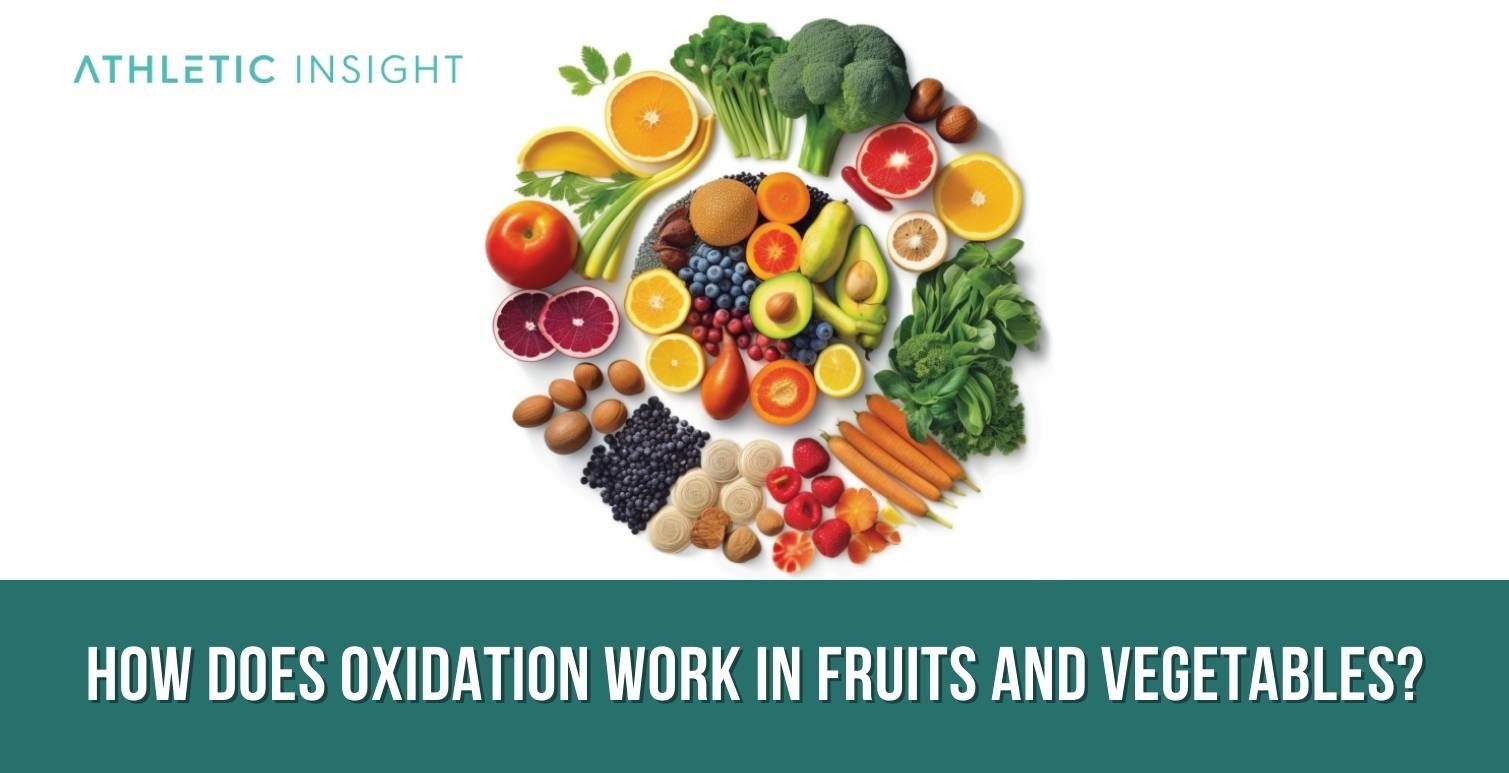Oxidation, in the realm of chemistry, refers to a transformative process in which a molecule, atom, or ion loses electrons or increases its oxidation state. This process, while technical in essence, extends its relevance far beyond chemistry textbooks, permeating various scientific fields, including biology and environmental science. Oxidation occurs through the fundamental principle of electron transfer, often working hand-in-hand with reduction, its complementary process. Together, they form the bedrock of countless redox (reduction-oxidation) reactions, where an oxidizing agent relinquishes electrons and is itself reduced.
To fully appreciate the process of oxidation, one must explore its manifestation in everyday phenomena. The rusting of iron, a common sight, is a classic example of oxidation. When iron is exposed to oxygen in the environment, it transforms into iron oxide, more commonly known as rust. This transformative process is not confined to inanimate matter. In fact, it plays a critical role in biological processes like cellular respiration where glucose is oxidized to release energy.
Finally, oxidation is key to the combustion of hydrocarbons, a process that powers engines and generates electricity. In essence, oxidation is a crucial biochemical process, quietly driving the gears of life and civilization. The concept of oxidation thus serves as a testament to the intricate dance of atoms and electrons that constantly shapes the world around us.
What is Oxidation in Biology?
Oxidation in biology pertains to the process whereby a substance loses electrons, a quintessential occurrence in the metabolization of life-giving nutrients. This transformative journey, referred to as an oxidation reaction, is a component of cellular respiration – an indispensable process for energy production. Specifically, glucose, the chief energy source for cells, undergoes oxidation to produce adenosine triphosphate (ATP), the primary energy currency within biological systems. Thus, biological oxidation illuminates the intricate alchemy of life, transmuting sustenance into vital energy.

What is Oxidation in Chemistry?
In the realm of chemistry, oxidation remains primarily characterized by the loss of electrons from an atom, ion, or molecule. However, it is also frequently associated with the addition of oxygen or the removal of hydrogen. In an oxidation-reduction (redox) reaction, the species that loses electrons (and thus gets oxidized) bestows these electrons upon another species, facilitating an essential exchange within the chemical process. These reactions demonstrate the symbiotic relationship between oxidation and reduction, underpinning countless chemical interactions and processes.
How Does Oxidation Work?
Oxidation functions as a facilitator of change. At its core, it involves the removal of electrons from an atom, ion, or molecule in a substance. This loss invariably leads to an increase in the oxidation state, indicating a gain in ‘oxidizing power.’ With each successive oxidation reaction, the substance’s ability to accept electrons is diminished, effectuating a remarkable transformation. This modus operandi underscores a myriad of chemical reactions and physiological processes, contributing to the dynamic fabric of natural phenomena.
What is the Oxidation Process?
The process of oxidation unfolds as a carefully orchestrated series of steps including interaction, electron removal, state increase and consequence.
- Interaction: An atom, ion, or molecule comes into contact with an oxidizing agent.
- Electron Removal: The oxidizing agent triggers the removal of one or more electrons from the substance, effectively oxidizing it.
- State Increase: The substance’s oxidation state increases as a direct consequence of the electron loss.
- Consequence: The substance, now with an increased oxidation state, may exhibit altered chemical properties.
What are Involved During the Oxidation Process?
The oxidation process involves four key components; oxidizing agent, substrate, electrons, oxidation state.
- Oxidizing Agent: This is the entity responsible for inducing the oxidation process. It effectively accepts electrons from the substance undergoing oxidation.
- Substrate: This is the atom, ion, or molecule that undergoes oxidation.
- Electrons: These subatomic particles are removed from the substrate during oxidation.
- Oxidation State: This is a measure of the degree of oxidation of the substrate, and it increases during the oxidation process.
What are Examples of Oxidation?
Examples of oxidation abound in both the natural world and human-made environments include rusting of iron, browning of fruit, combustion and cellular respiration.

- Rusting of Iron: Iron reacts with oxygen in the presence of water to form iron(III) oxide, a process that exemplifies oxidation.
- Browning of Fruit: The enzymatic oxidation of certain fruits results in their browning when exposed to air.
- Combustion: The burning of hydrocarbons in fuel is an oxidation process, producing carbon dioxide and water. This can lead to free radicals in the air which is dangerous for your health.
- Cellular Respiration: This biological process involves the oxidation of glucose to produce energy in the form of ATP.
How Does Oxidation Work in Galvanized Roofs?
Galvanized roofs owe their durability to the oxidation process. Galvanization is the process of applying a protective zinc coating to iron or steel to prevent rusting. When exposed to the environment, the outer zinc layer undergoes oxidation, forming a protective barrier – zinc oxide. This barrier shields the underlying metal from moisture and other corrosive elements, prolonging the lifespan of the roofing material. The function of galvanization, therefore, embodies a proactive employment of the oxidation process to forestall detrimental corrosion.
How Does Oxidation Work in Bleach Laundry?
In the realm of laundry, bleach serves as a stalwart warrior against stains, with oxidation as its chief weapon. Sodium hypochlorite, the active ingredient in bleach, serves as a potent oxidizing agent. It discharges the stain by disrupting the chemical bonds of the stain molecules through oxidation. This transformative process alters the stain’s structure, thereby eliminating its color and rendering it invisible. Hence, the mechanism of bleach spotlights the utilitarian potential of the oxidation process.
How Does Oxidation Work in Fruits and Vegetables?
Oxidation imparts a pronounced effect on fruits and vegetables, particularly when they are ripe, peeled, or chopped. Upon exposure to oxygen, certain enzymes within these plant tissues catalyze oxidation reactions, resulting in the browning phenomenon. For example, when a potato is peeled and left in open air, it turns brown due to the oxidation of phenolic compounds present in the potato. Submerging a peeled potato in water, however, mitigates this process by limiting the potato’s exposure to oxygen, thereby curbing the oxidation process.

How Does Oxidation Work in Photosynthesis?
Photosynthesis, the life-sustaining process through which plants convert sunlight into chemical energy, is intrinsically tied to oxidation. During photosynthesis, water molecules are oxidized to release oxygen, a process catalyzed by the sun’s energy. This oxidation reaction by herbs concurrently produces electrons, which are then utilized to convert carbon dioxide into glucose. Thus, through the lens of photosynthesis, one can appreciate oxidation as a vital facilitator of life on earth.
What is an Omega-3s Supplement?
An Omega-3 supplement is a concentrated source of Omega-3 fatty acids, essential nutrients celebrated for their health benefits. Omega-3 fatty acids are prone to oxidation, which can diminish their potency and induce off-flavors. Hence, maintaining optimal storage conditions is imperative to prevent oxidative degradation and ensure the efficacy and palatability of these supplements.
Does Oxidation Primarily Involve Oxygen?
No, oxidation does not necessarily involve oxygen. While the term ‘oxidation’ originated from reactions where oxygen was added to a substance, modern chemical understanding recognizes oxidation as any process wherein an atom, ion, or molecule loses electrons, regardless of whether oxygen is present.
Does Chemical Species Increases During Oxidation Process?
Yes, the oxidation state of a chemical species increases during the oxidation process. This increase indicates a loss of electrons. In essence, the term ‘oxidation state’ is used to track the movement of electrons in a reaction, and an increase in this state signifies that the species has become more positively charged due to electron loss, a hallmark of oxidation.
Does Oxidation Involve Losing of an Atom, Ion or Molecule in a Chemical Reaction?
Yes, oxidation involves the loss of electrons from an atom, ion, or molecule in a chemical reaction. However, it is essential to clarify that it is specifically the electrons that are lost during this process. The atom, ion, or molecule itself may remain as part of the reaction, albeit in a different state due to the change in its electron configuration. This alteration in electron structure typically translates into a change in the chemical properties of the substance, showcasing the transformative potential of oxidation.



